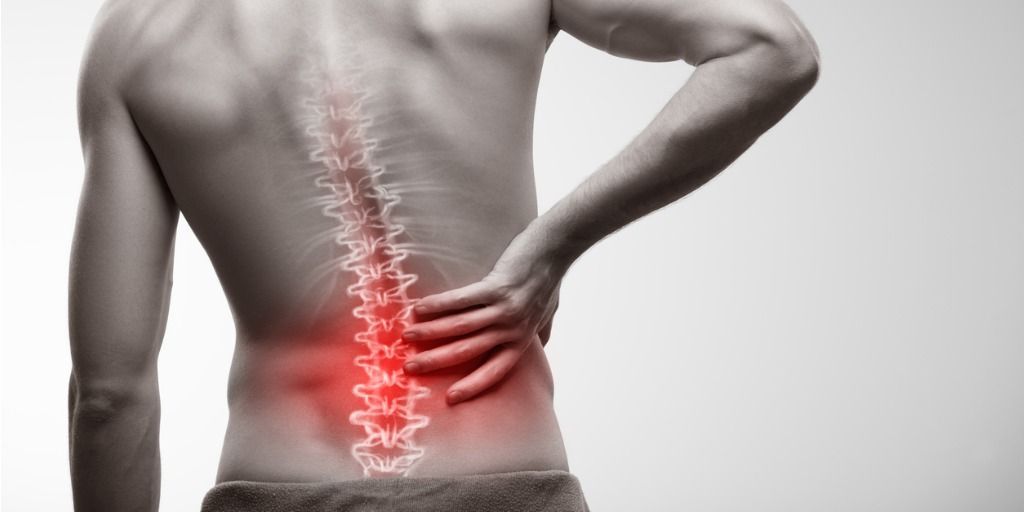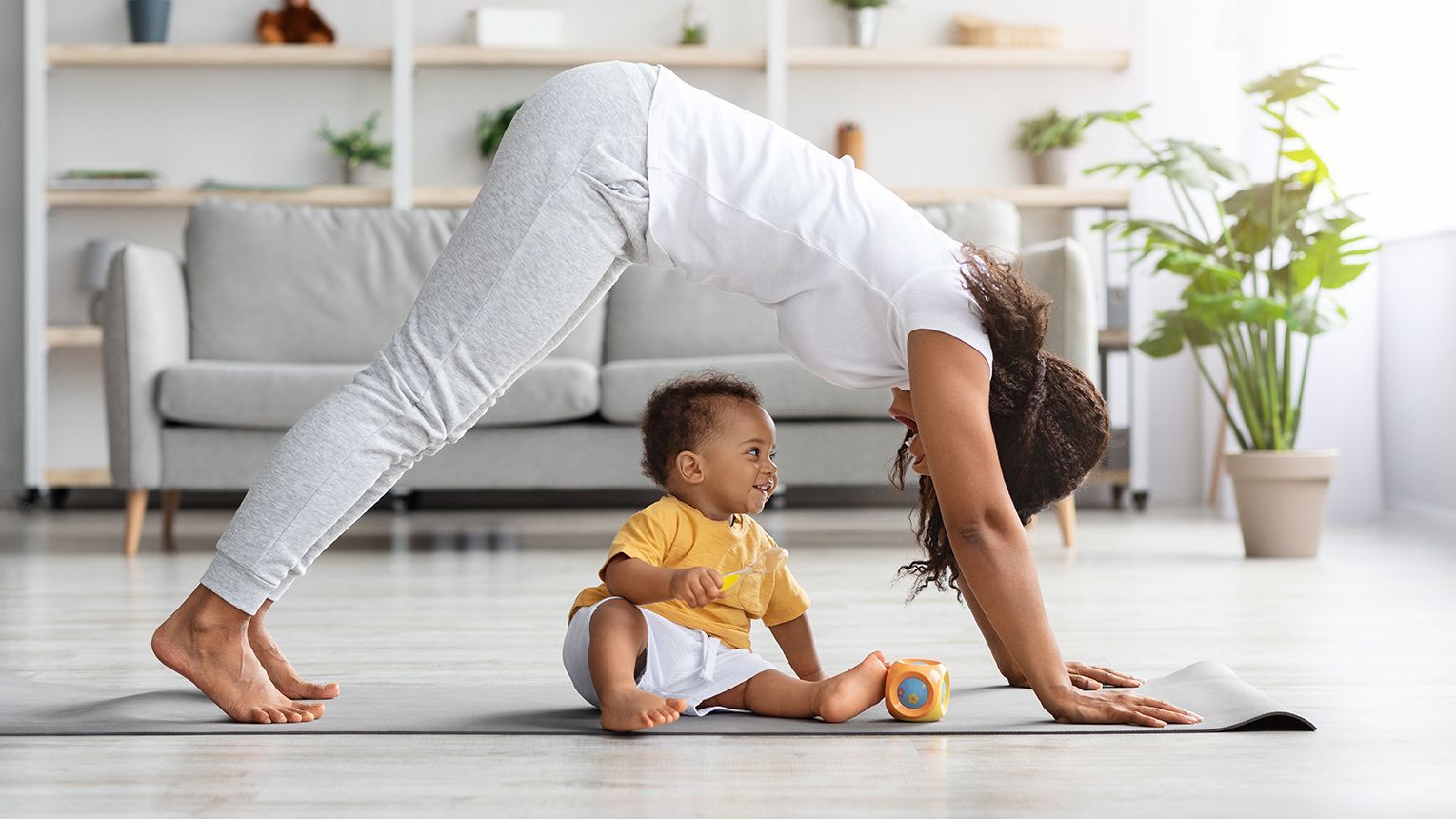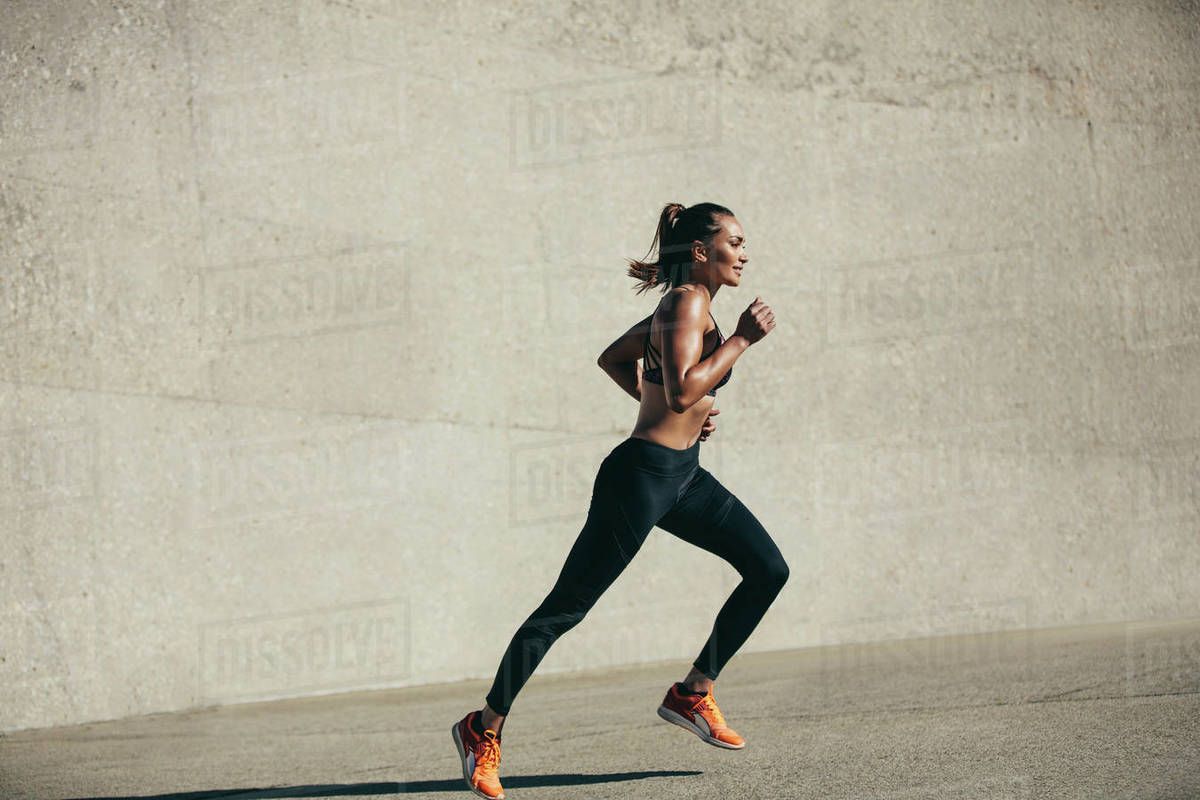What does a baby and rehabilitation have in common?
Our first child, a gorgeous baby girl called Mila is nearly 10 months old. I have watched her go from an immobile blob to independent sitting, to crawling and now to standing in the space of a handful of months.
Why am I talking about my daughter?
I am a Physiotherapist with over 16 years' experience, and I have watched and supported injured people through their rehabilitation. Some successfully and some not so successfully. Injuries ranging from mild sprains and strains all the way through to horrifically traumatic injuries. There is more common ground between a baby learning to stand and an injured athlete or worker then you would think.
Let’s start with Mila and her goal to stand independently. This took 6-8 weeks from ideation to success, an eerily similar timeline to most moderate musculoskeletal injuries.
Mila started with inadequate, muscle strength, ligament support, confidence, knowledge of the task and basic balance skills. All required traits to stand successfully.
Internally, she had a clear goal in mind, she wanted to do what her dad was doing; stand up and eventually walk around. Once she knew what it was, she wanted to achieve she worked backwards from there.
Build her core, arm and leg strength, experience failure, figure out she needs to pull up on something to get through the first phase, learn and acquire that skill, now time to pull up and come crashing back down…hard. Repeat and fall again but a little softer this time. Cry a little. Try again yet fall even harder and bump her head. Cry a lot. Few bruises. Next day straight back at it.
Mila would have done this close to a hundred times, every day, for weeks on end. She did not have the physical attributes nor the experience to achieve this, but she had unrelenting persistence, consistency of effort and support from her Mum and Dad.
Finally, she did it! The look on her face was one of pure elation.
Now, tying this back to recovery from an injury. There are significant and clear commonalities between a baby and a successful rehabilitation journey.
- A clear goal
- Persistency – in the face of perceived ‘fails’, a few tumbles and a bit of soreness.
- Consistency – in efforts and showing up every day.
- Support – from a knowledgeable and caring team
- Time and a safe environment
If a baby can do it, so can you!
Hadyn Sleeman
Regional Manager (B.Sc (Physio), Dip. L & M)




